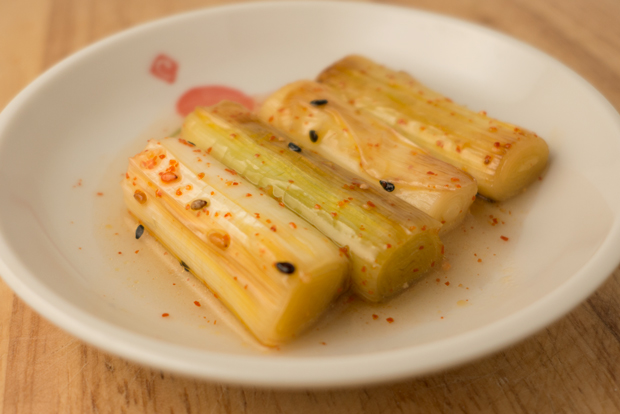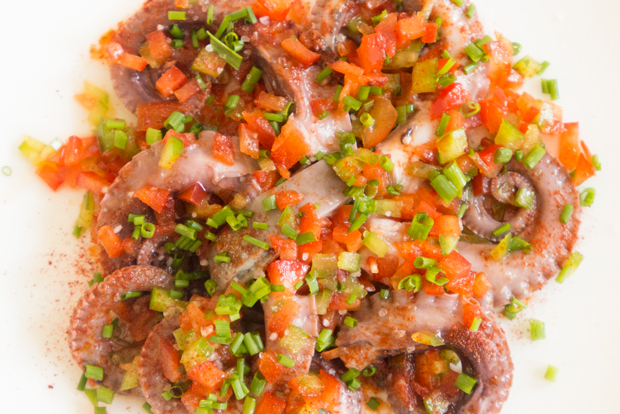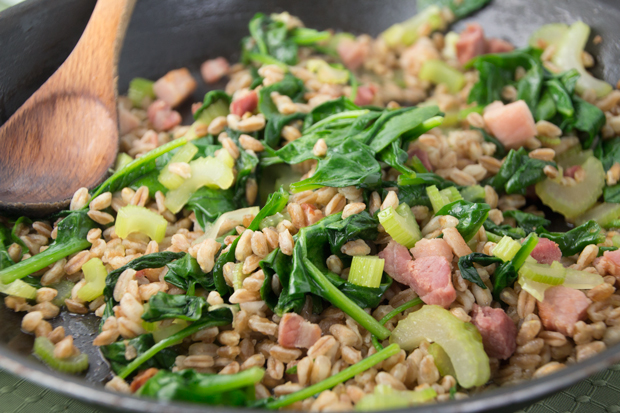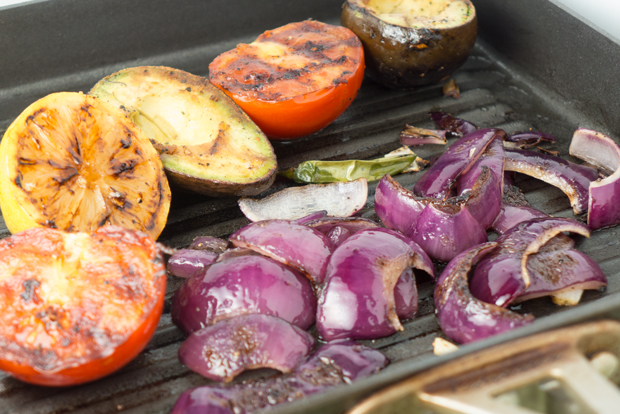posted by
Samar on
September 6, 2016

I thought the restaurant world had gone a bit mad when a few years ago some establishments started offering a “bread course”. Not to put down bakers or doubt the excellence of the bread but it seemed like yet another way to part fools, er, “foodies”, from their money. It obviously worked because there’s an even sillier trend doing the round: the “pickle plate”. That’s right. What used to be a condiment and long taken for granted in many cuisines has now been promoted to instagram-worthy status. Again, I’m sure they are very good and creative pickles. But having grown up in achaar-obsessed India where pickles are an indispensable part of any meal this seems a step too far. What next? A “water course”? (Now that someone is selling seawater to home cooks that’s not as far-fetched as you might think!)
posted by
Samar on
August 14, 2016
D B uploaded this image to ‘drama/2012/Full House 2/fh2_09’. See the album on Photobucket.
If you’ve watched Korean television dramas or movies you’ll be familiar with the obligatory scene where the protagonist sits in an outdoor tented food stall late at night downing shots of soju and slurping jjigae after being jilted by a lover–or whatever reason the usually convoluted plot calls for. I’ve always wanted to experience eating at one of those places and on my first few visits to Seoul searched in vain. I later discovered that such tented stalls, which are called pojangmacha, have all but disappeared, driven into extinction by urbanization, changing tastes and government policy to gentrify Seoul. Not that food stalls don’t exist in Seoul. Just not the kind you see on TV. But pojangmacha have been resurrected in recent years as posher, more permanent establishments that are not so different from restaurants but retain the vibe of a traditional pojangmacha with a menu to match. Which is where I first encountered today’s dish when my friend Dohee Kim took me to Samgeori Potcha (삼거리포차) in the hip Hongdae area of Seoul. If you’re ever visiting that city I highly recommend you seek this place out. It is one of the best!
posted by
Samar on
August 9, 2016

For a nominally business newspaper, the Financial Times publishes some excellent food writing. A case in point was a piece on Barcelona’s Boqueria (markets) that I mentioned in a post almost exactly a year ago. More timely is a story last weekend on Galicia’s most famous delicacy: pulpo (octopus). Apparently, such is its importance to locals that octopus was used as currency in the 6th century and there’s even a word for an octopus cook: pulpeiras. While no longer legal tender (the decidedly less tasty Euro having taken over), octopus continues to be revered with a two week-long fiesta devoted to it every August, the Festa do Pulpo in Carballiño, culminating this year on the 14th with an entire day of gorging on pulpo!
posted by
Samar on
July 31, 2016

Move over chorizo (but not too much). Your place as my go-to ingredient has been supplanted by an Italian competitor: pancetta. This salt-cured bacon has had me in thrall for the past few months. It adds fantastic flavor to just about any dish and, the best part, a little goes a long way. Here, it is paired with farro, another Italian pantry staple, to make for a tasty, well-balanced and quick meal. (Another thing I love about cooking with pancetta is the high reward to effort ratio!)
posted by
Samar on
July 23, 2016

It started out as a stereotypically British summer: cold, windy and wet. (Luckily I was in the sweltering heat of Yokohama and Seoul to have missed the worst of it.) But since then it has turned sunny and warm, even on occasion “hot” by local standards (i.e., above 20°C). It undoubtedly won’t last but while it does here’s a recipe for guacamole to match the weather. “Guacamole? Really? You must be scraping the bottom of the barrel. Plus who needs a recipe for that!” you might rightly ask. But trust me. This one is different. Taken from Food & Wine Magazine, it involves the unusual step of grilling the key ingredients – avocado, tomatoes and red onions – to give the resulting guac a fantastic smoky flavor. Perfect for either current conditions or for those rainy weekends on the way when you’re dreaming of drier and sunnier climes.







